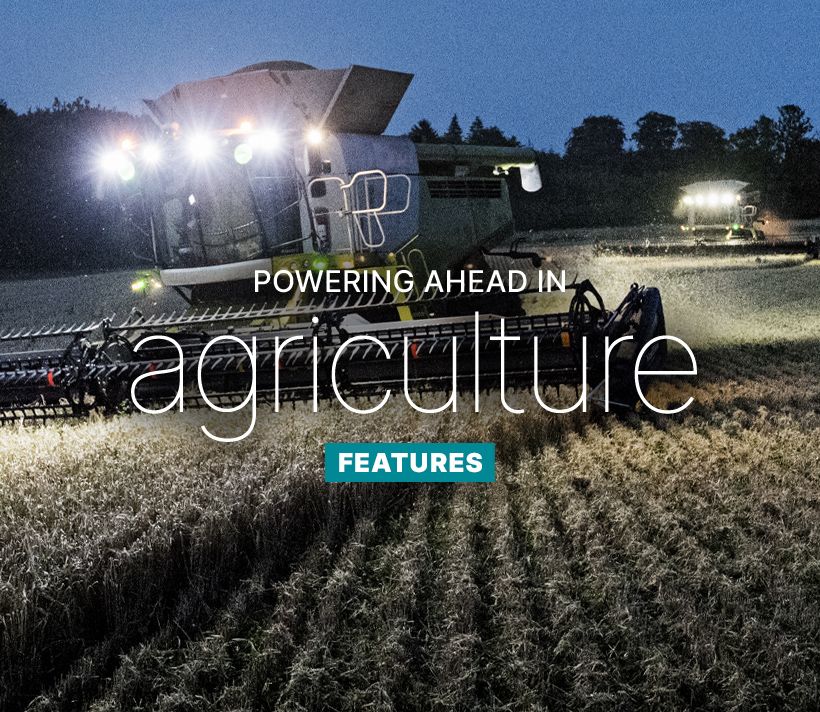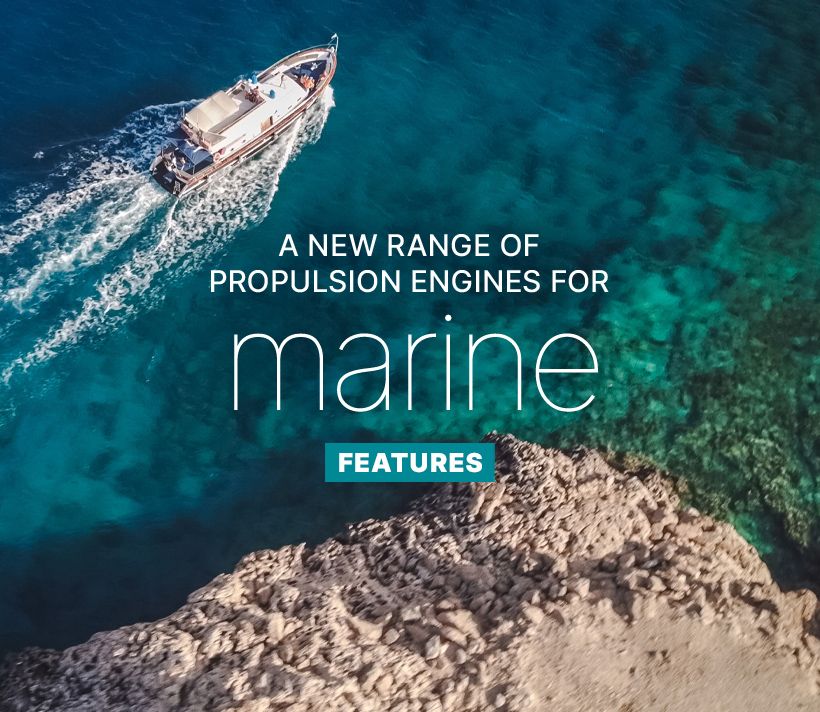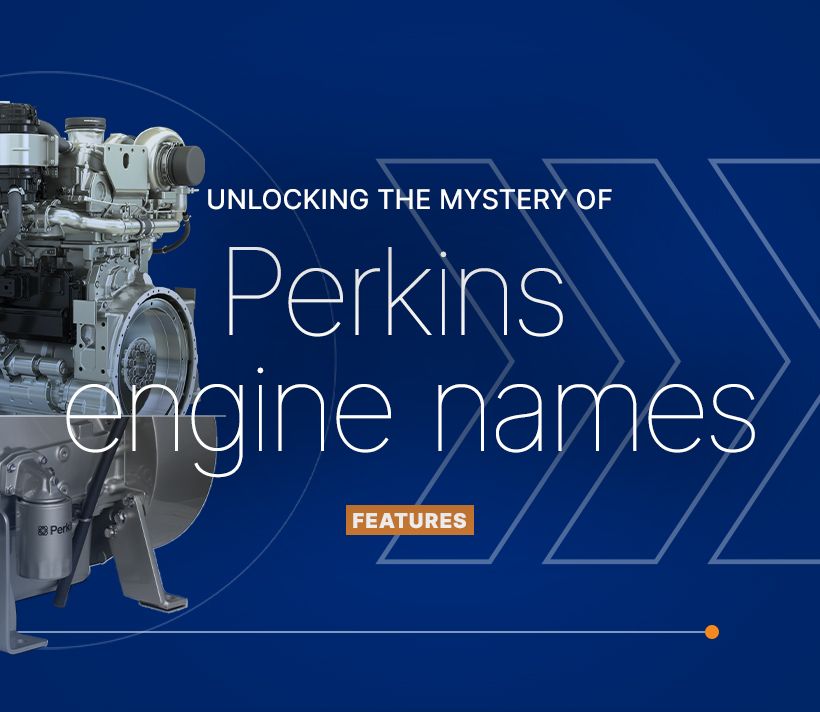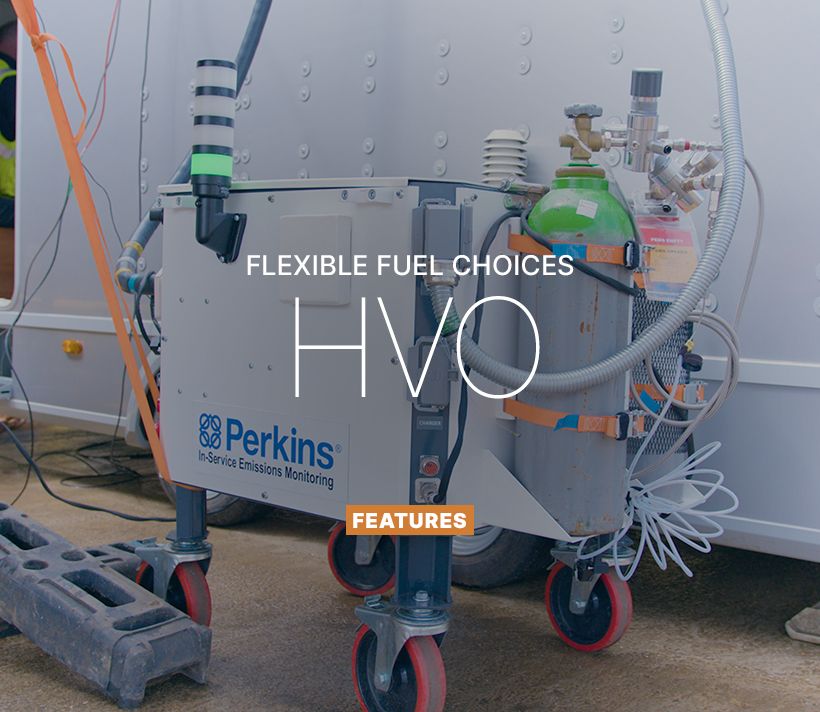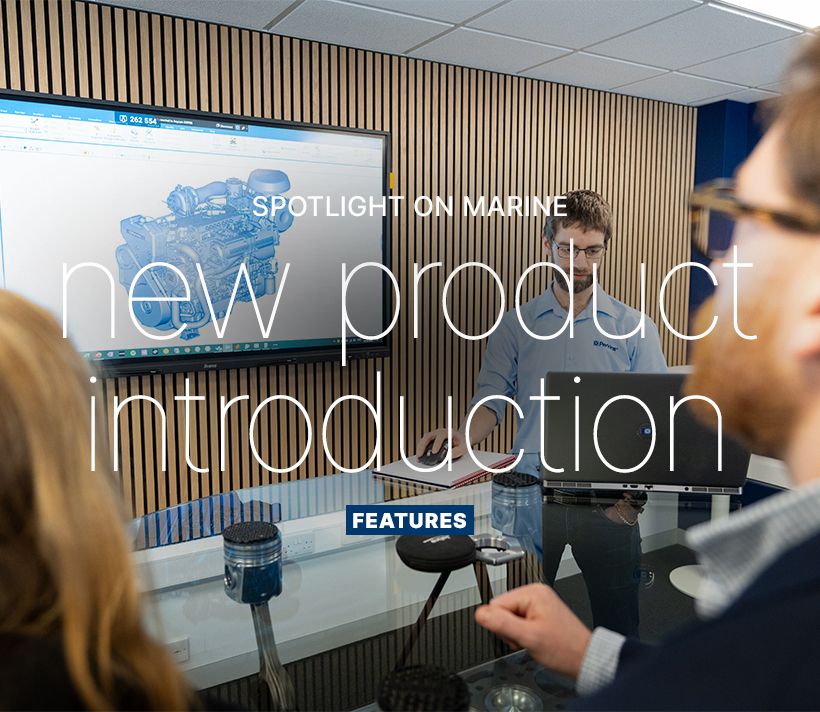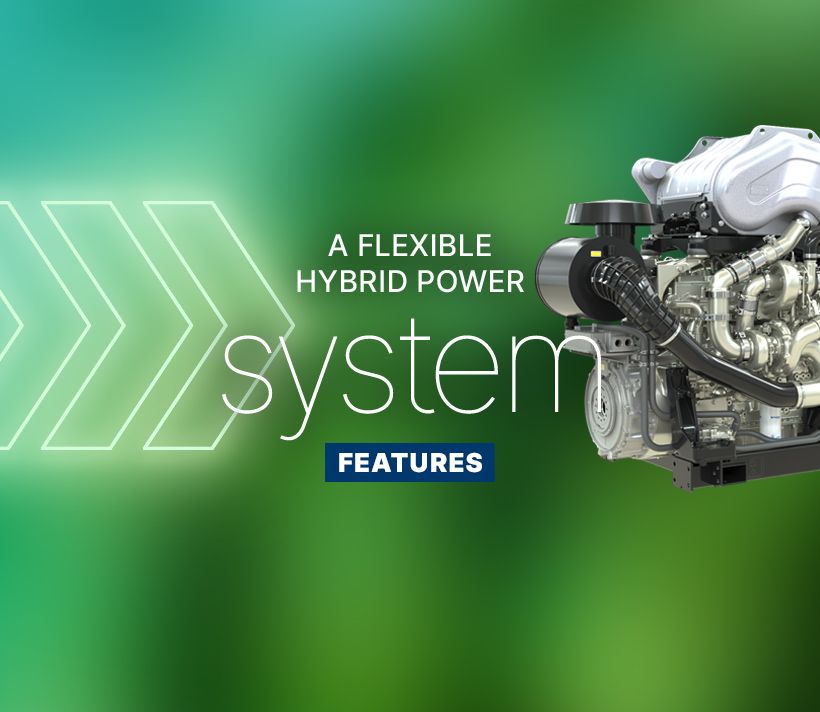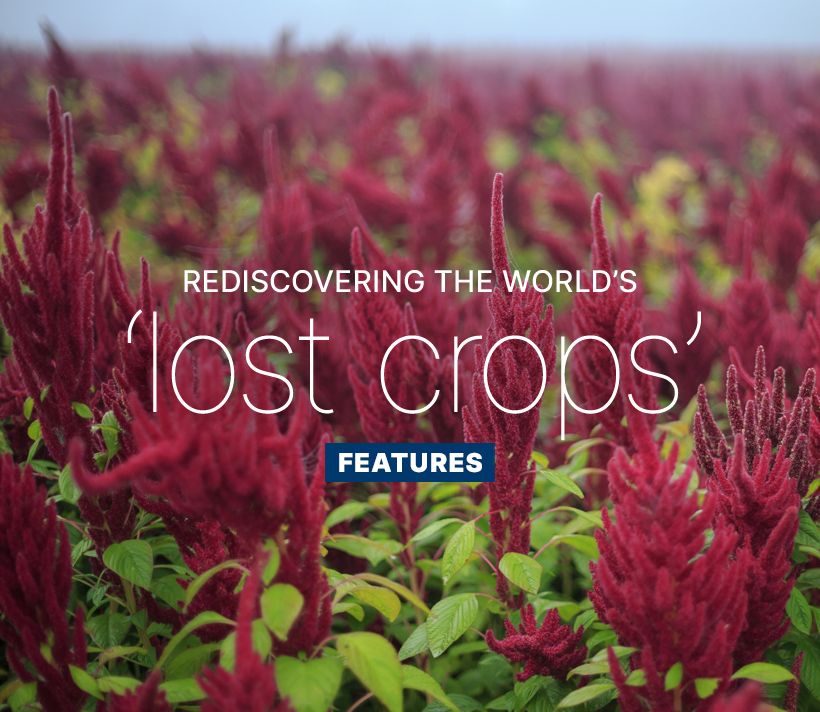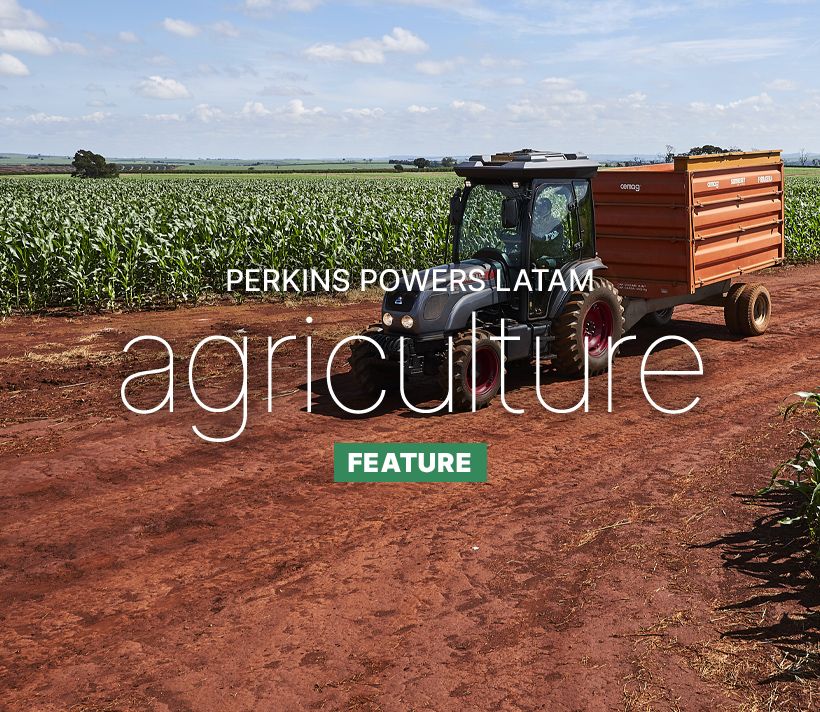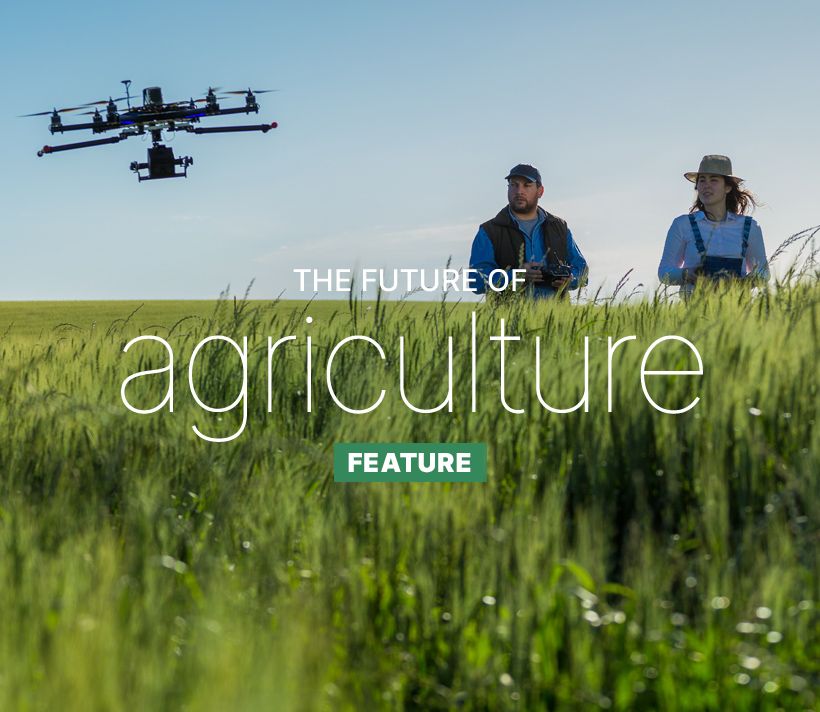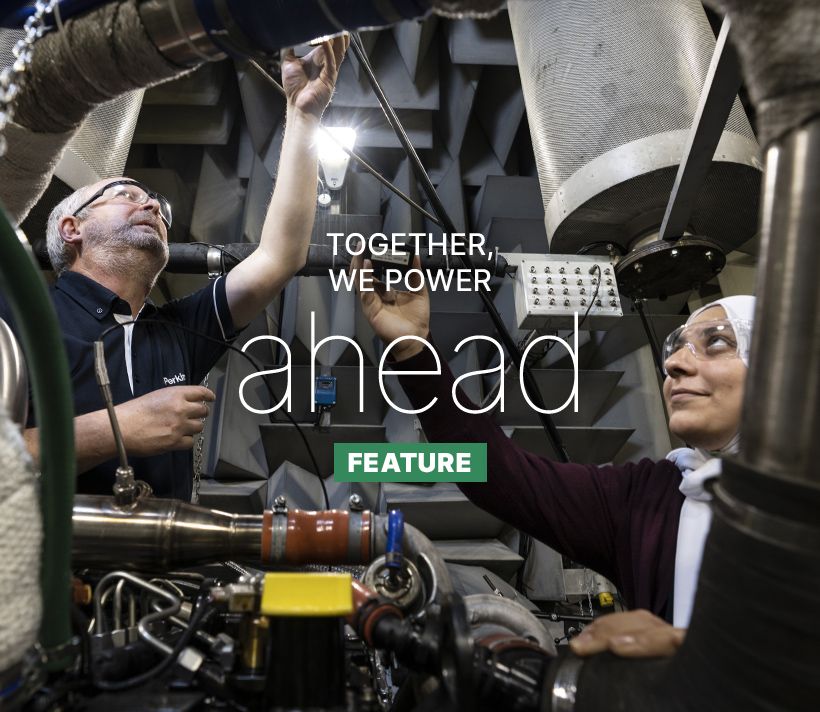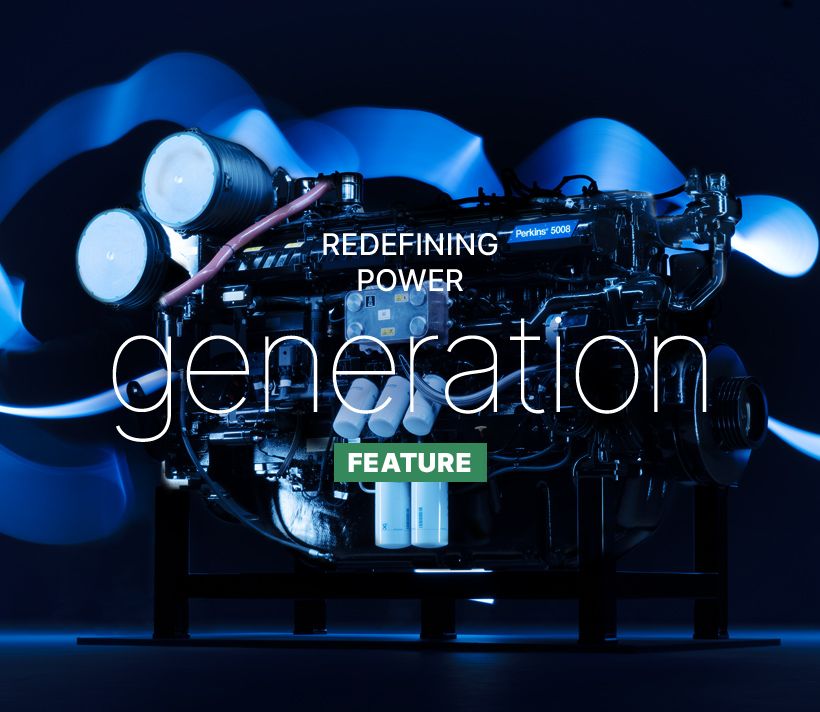Emission standards are highly likely to become more stringent, perhaps to the point that current engine systems and technologies may be unable to meet them. Increasing energy costs and demands for alternative fuels will impact equipment operating costs and efficiency. Environmental, Social and Governmental (ESG) issues will become increasingly important as the world strives to achieve ambitious zero carbon energy goals.
While addressing these emerging issues, the traditional need to innovate new products and move them to market quickly will continue to drive OEM development programmes. Success in this rapidly evolving new environment will require a high level of creativity from both OEMs and their suppliers and the forging of new, mutually supportive relationships.
“As an industry leader in powertrain technology, Perkins is dedicated to helping customers and end users meet all of these challenges with smarter solutions to advance sustainable power,” explains Andy Curtis, Perkins’ new customer solutions director. “Regardless of whether the answer is a conventional, hybrid or next-generation powertrain, Perkins is ready with solutions based on more than 90 years of engineering expertise and a firm dedication to customer-focused problem solving.”
It’s virtually certain that the systems needed to power a sustainable future will be complex combinations of multiple technologies intelligently integrated by sophisticated control software. Creating them requires a multi-disciplinary resource with the skill sets and insights necessary to support OEMs from research and development, through design, engineering, and production process life cycles.
At Perkins, that resource is the Customer Engineering Support Team (CMET) that connects experts from around the world and makes their combined capabilities available to OEM engineering departments on demand. In multiple engagements today, CMET is helping Perkins customers design and specify integrated powertrain solutions that are designed to produce less emissions as compared to traditional diesel-powered internal combustion engines.
CMET can help OEMs:
One of CMET’s current focuses is on integrated powertrains which combine a diesel engine with a battery-based power source and an integrated power system control device that monitors a range of machine operating parameters and chooses the power source or sources that can satisfy them most efficiently.
In its simplest form, the device will control the diesel engine to match its output continuously to machine loads where there is no alternate power source. More sophisticated systems with a battery may use diesel alone, battery electric alone or a combination of both. The system can also manage automatic diesel start/stop or diesel battery charging only or diesel operation plus battery charging.
Perkins engineers have identified at least six different integrated powertrain configurations that can be built with existing components and technologies. Each of them provides an optimum solution for a particular size and/or type of equipment. The potential applications range from small sub-20 kW machines to large 600 kW equipment.
Estimated fuel savings range from 5 percent for diesel-only systems, up to 50 percent for some diesel-electric hybrid configurations. In some hybrid configurations, the integrated powertrain allows the diesel engine to be downsized from about 20 percent all the way up to 70 percent.
Although it offers an impressive range of theoretical benefits, the Perkins CMET integrated powertrain concept still needed to be proven on a working machine before it could be offered to OEMs.
The engineers decided that a 75 kW telehandler would be an ideal test bed and one was obtained for the programme, dubbed ‘Project Pathfinder’. Design goals for the ‘Pathfinder’ machine were:
The machine was completely disassembled, repainted and rebuilt with Perkins hybrid technology integrated to the same standard contemplated for offer to OEMs. The system included a 55 kW Perkins® 904J-E28T engine, a 20 kW 48V P2 Motor Generator Unit (MGU) and a 48V 3.9 kWh battery, an inverter and a powershift transmission.
The Pathfinder machine successfully met the original programme goals and continues to be used in day-to-day operations around Perkins’ Peterborough site. The lessons learned in the Pathfinder project led directly to the design of Perkins’ first commercially available hybrid powersystem.
Introduced at CONEXPO in March 2023, the Perkins P2 hybrid system is a highly configurable, integrated, end-to-end diesel-electric hybrid powertrain. It includes a 55 kW diesel engine, a scalable, 5.2 kWh 48-volt battery module, a powershift transmission, a 20 kW motor-generator unit, an inverter, and an advanced energy control module.
The basic Perkins P2 is ideal for machines like backhoes and telehandlers. In other configurations is can power a wide range of off-highway applications.
“Perkins is committed to providing the products and technologies OEMs and end users will need to achieve their sustainability goals,” says Andy. “In addition to ever more efficient diesel engines, Perkins will supply 48, 300 and 600-volt lithium-ion batteries, advanced telematic and connectivity solutions and an efficient fuel and oil filtration system. All of these products and systems will be supported by the global network of Perkins authorised distributors and the trained professional technicians they employ.
“The future will be different, but Perkins dedication to customer-focused problem solving and comprehensive global support will not. There are some things that never change.”
Perkins’ collaboration with Trackunit, delivering real-time insights to customers, increasing productivity in the field.
Read moreFor industrial equipment rental, excellent technical support and parts availability is a necessity.
Read moreTo mark Agritechnica's 'Celebrate Farming Day', Powernews spoke to Andy Curtis, Customer Solutions Director at Perkins.
Read moreClever configuration options fulfil the current and future requirements of the industry.
Read moreWho keeps the lights on when the grid can’t? The power generation sector, of course. In the UK, its interests are represented by The Association of Manufacturers and suppliers of Power generating Systems (AMPS) – whose new director general, Alan Beech, came into post earlier this year.
Learn MoreHave you ever looked at the name of a Perkins engine and wondered what all those numbers and letters actually mean? If so, you’re certainly not alone. But rest assured the nomenclature is anything but random.
Read moreOne alternative fuel option we’ve researched heavily and have accommodated in our diesel engines for more than a decade is hydrotreated vegetable oil (HVO) – which must meet the EN 5940 standard – with the Perkins® 400 to 5000 Series able to use up to 100% HVO.
Read moreIn part two of our spotlight on marine we talk with Ben Lewis commercial manager, Dave Wood, application and tech support team lead and Stuart Phillipson, marine application and tech support to find out more about what’s in development for the marine range.
Read moreWhy stick to one fuel, when you can have a configurable power system?
Read moreMore than just a curiosity, they offer us different routes to future food security.
Read moreWith local resources and global support.
Read morePart three of our series with Dave Robinson.
Read moreJaz Gill talks Perkins new brand strategy.
Read moreThe Perkins® 5000 Series engines generating reliable power for critical applications.
Read moreRental expert Dave Stollery gives his view on the opportunities around rolling out EU Stage V equipment.
Read moreIf you want to get back to engineering, this programme can be the key to making it happen.
Read more

